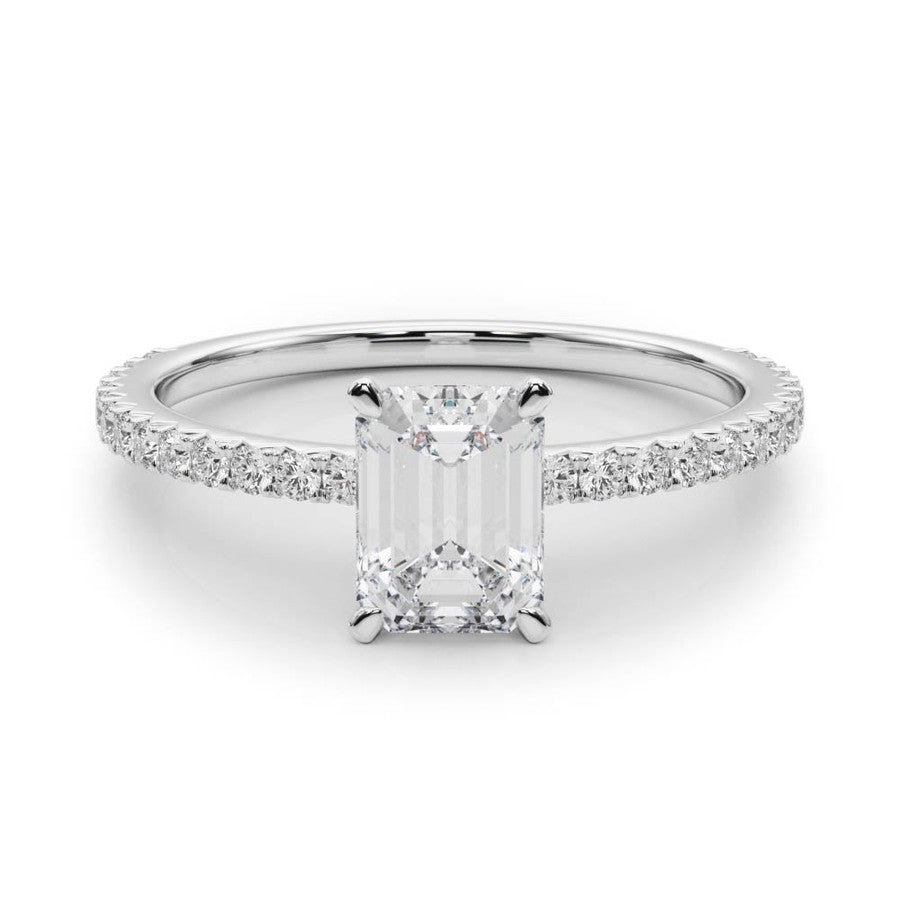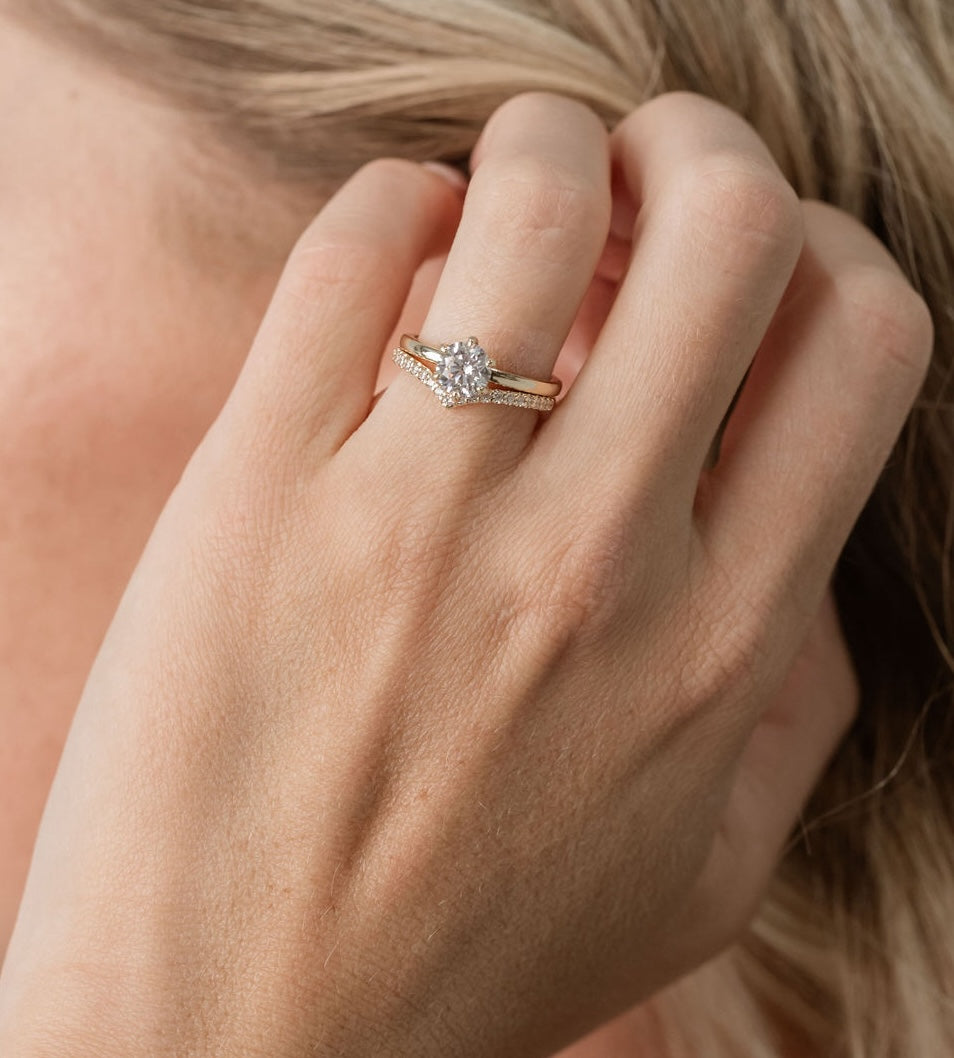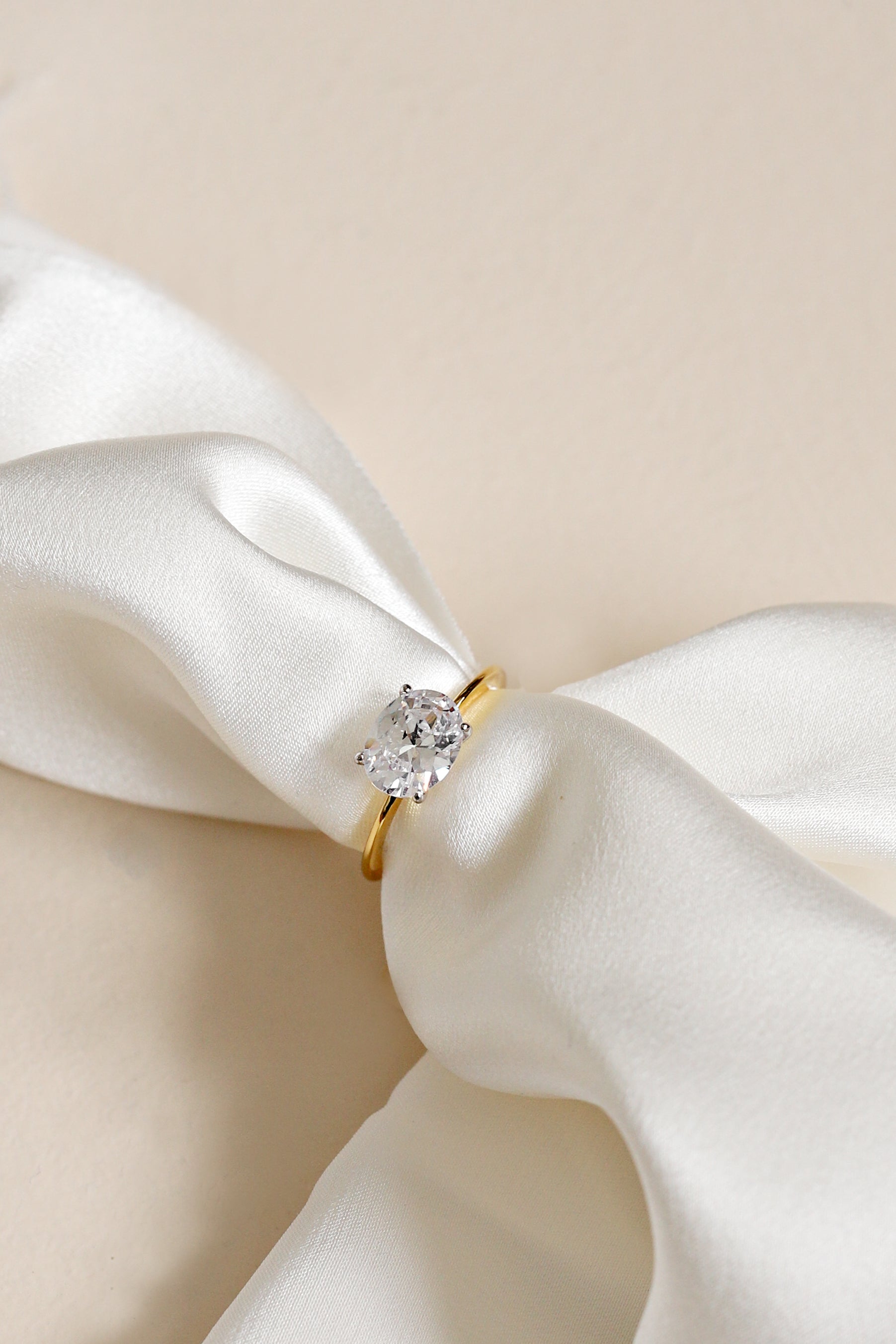Solder
Composition and Types of Solder
- Solder is composed of tin and lead, with tin concentrations ranging from 5% to 70%.
- Lead mitigates tin whisker formation.
- Common alloys for electrical soldering include 60/40Sn-Pb and 63/37Sn-Pb.
- Lead-free solders may contain tin, copper, silver, bismuth, indium, zinc, antimony, and traces of other metals.
- Lead-based solder is commonly used in electrical and electronic work, while lead-free solder is increasing in use due to regulatory requirements and health/environmental benefits.
Lead-Free Solder and Tin-Silver-Copper (Sn-Ag-Cu) Solder
- Lead-free solder is used in most consumer electronics sold in the EU and has a broad effect worldwide.
- Two-thirds of Japanese manufacturers use tin-silver-copper (Sn-Ag-Cu) solders.
- Sn-Ag-Cu solder has a reduced melting point compared to other alloys.
- Sn-Ag-Cu solder is widely used by Japanese manufacturers for reflow and wave soldering, as well as hand soldering.
- Researchers are exploring the addition of a fourth element to Sn-Ag-Cu solder for compatibility with solder sphere reflow.
Applications and Hard Solder
- Soft solder is commonly used in electronics, plumbing, and sheet metal work.
- Hard solder, or brazing, is performed using alloys with a melting point above 450°C.
- Solder wire and bars are used for hand-soldering, while jewelers use solder in thin sheets.
- Enameling solder has a high melting point to prevent joint desoldering during firing.
- Different hardness levels of solder are used in decreasing order during the manufacturing process.
Corrosion, Impurities, and Flux
- Corrosion of solder pots leads to increased dross formation.
- Impurities in solder include aluminum, antimony, arsenic, copper, and others.
- Flux is a reducing agent used to improve electrical connection and mechanical strength.
- Different types of flux, such as acid flux and rosin flux, are used in various applications.
- Flux-core solder contains embedded flux that is released as the solder melts onto the joint.
Intermetallics and Solder Joint Formation
- Intermetallic compounds are formed during solidifying of solders and their reactions with soldered surfaces.
- Intermetallics can cause mechanical reliability weakening and brittleness.
- Processes in solder joint formation involve the interaction between the substrate and molten solder, as well as solid-state growth of intermetallic compounds.
- Examples of interactions include gold and palladium dissolving in solders, and copper and nickel forming intermetallic layers.
- Different types of intermetallic compounds, such as Cu3Sn and Cu6Sn5, can form on solder-copper interfaces.
Solder Data Sources
| Reference | URL |
|---|---|
| Glossary | https://harryandcojewellery.com.au/blogs/glossary/solder |
| Wikipedia | http://en.wikipedia.org/wiki/Solder |
| Wikidata | https://www.wikidata.org/wiki/Q866612 |
| Knowledge Graph | https://www.google.com/search?kgmid=/m/075cc |















